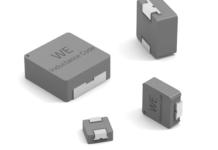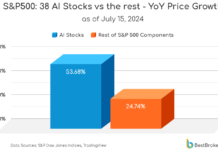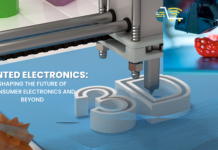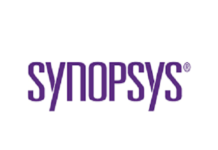
According to global technology intelligence firm ABI Research, shipments of vehicles featuring camera-based Driver Monitoring Systems (DMS) will jump from 8 million in 2022 to 47 million in 2027, more than 50% of global new vehicle sales. These systems offer reliable real-time driver distraction monitoring as means to prevent accidents. While mainly driven by regulation, they also enable a range of infotainment-related features that will provide carmakers with the opportunity to recoup their investments.
Because DMS will become mandated, carmakers, especially in the mass market, were initially interested in deploying the minimal EU General Safety Regulation (GSR) requirements. However, standard mandated ADAS features drive an additional cost into the vehicle that OEMs cannot quickly or easily recuperate. “Hence, envisioning additional use cases that use the available sensor technology has become imperative. With the realization that monetization opportunities could be realized with the same DMS hardware and minor incremental software investment, most carmakers’ DMS RFQs now request two to three features beyond driver attention monitoring,” explains Maite Bezerra, Smart Mobility & Automotive Industry Analyst at ABI Research.
DMS safety-related detection capabilities include drowsiness, distraction, seatbelt use, smoking, and phone use. However, DMS can also support several convenience features. For example, the driver’s head position and gaze direction input can enable Augmented Reality (AR) head-up displays and 3D dashboards to provide information about Points of Interest (e.g., Mercedes’ MBUX Travel Knowledge) or to highlight or tone down information in the cockpit, decreasing energy consumption in EVs. Advanced cognitive load detection capabilities can be used by personal assistants to measure the driver’s stress level, mood, or health and make suggestions or take actions accordingly. Examples include Cerence Co-Pilot, NVIDIA Concierge, and NIO’s NOMI. “There is also interest in using the driver’s medical status, such as heart and respiration rates, to determine stress level and medical condition after accidents,” Bezerra points out.
Expanding the DMS scope to Occupant Monitoring Systems (OMSs) within the same camera is another clear trend due to the broad range of monetizable use cases enabled by camera-based OMSs. According to Bezerra, “OMSs primary use case is detecting children or pets left behind, but input can be used to enhance passenger safety and convenience. For example, the camera can detect incorrect use of seatbelts, and the occupant’s position in the car can be used to regulate airbag deployment more effectively. Regarding convenience, the camera can be used for selfies, video conferences, remote vehicle motoring, and multi-user in-cabin and media content customization.” ABI Research forecasts that nearly 10 million vehicles will be shipped with single-camera DMS and OMS, offered by companies including Seeing Machines, Cipia, Tobii, and Jungo, in 2028.
“Moving forward, DMS and OMS will be critical sensors enabling next-generation automotive HMI and UX. Machine Learning (ML), Artificial Intelligence (AI), multimodal input and output channels, and unprecedented integration with vehicle sensors, domains, location data, and other IoT devices will be combined to provide an intuitive, humanized, and seamless in-car user experience,” Bezerra concludes.
These findings are from ABI Research’s Next-Generation Automotive HMI application analysis report. This report is part of the company’s Smart Mobility & Automotive research service, which includes research, data, and ABI Insights. Based on extensive primary interviews, Application Analysis reports present an in-depth analysis of key market trends and factors for a specific technology.

















